|
First of all, it's important to know all the ways grief affects you... Then, we can look at all the ways yoga is supportive...and there are many... How has it helped you? Let me know in the comments below.
*This post was written the month after the death of my Dad* When a loss happens, it's natural to want to solve it right away. To do something, anything to make it better. But staring a grief support group too early can be counter productive. These early days of grief remind me of something important. Early on, there is a tendency to move away from the reality of the loss. This is a protective response of the heart. I see this in myself. Instead of using yoga as a way to process what I'm feeling, I've been using it as a distraction. I want my practice to be sweaty and muscley and fast...not a lot of time to think or feel. This is what I need right now. It would be counter productive to the needs of my heart and spirit to force exploring emotions that I'm not ready to feel. As time passes (and there is no set timeline), and numbness wears off, you will naturally move towards the pain and realities of the loss. It's often as the numbness fades and the realities of living with loss set in, that more support is needed. It is then, that a class like Yoga for Grief Support may be helpful. In the Yoga for Grief Support program, we use yoga and meditation as a way to "go inside" and explore the pain and reality of the loss. One has to be "ready" to do this. Starting too early may feel like you are driving with one foot on the gas and one foot on the brake. In most cases (not all), it may take a number of weeks to a few months to be ready for a class like Yoga for Grief Support. Each circumstance is different, with a number of factors affecting someone's readiness. Sometimes, people start a group and realize it's too soon. That's OK too - it's impossible to know what this grief experience is like because each loss is so different. If you want to explore this further with me, feel free to reach out via email. I find the poem below, by Wendell Berry to be helpful when considering if you need specific grief support. Sometimes, it is when you don't know what to do, that you are ready to start. It may be that when we no longer know what to do And a Free Video for You!This summer, I created a poll on instagram to ask you about your experiences with savasana: Do you practice it? What's the easiest part about it? The hardest? Did it change after your loss? I got lots of replies. Here is a summary. Do you practice it? Yes and No. Some practice it regularly. Some did and don't any more. Some don't. The reasons for not include: not having the time (even though you know it helps, it's hard to make the time for it), and being fearful of what will come up during the pose (primarily emotion). For the ones that do, repeated and consistent practice was helpful in releasing chronically held tension. However, even with this knowledge, maintaining a regular practice of savasana was a challenge. What's the easiest? Some reported a feeling of relaxation: "Sinking into the earth," while other reported other things like crying or sleeping. The hardest part? Almost everyone reported the swelling of emotion or the activity in the mind being the hardest part about the pose. Finding the courage to do it was another. A couple of people mentioned the name - Corpse Pose - being disturbing enough that it was a barrier to their practice...and when the name corpse pose was used by a teacher loosely during a class, the practice became triggering, unsettling and unsafe. Did the practice of savasana change after loss? With this question I was hoping to glean information around the effect that grief had on one's ability to relax. For most, it did change after loss - in the ways mentioned above. For some, they had never practiced it before, so post-loss it was a new experience. What have I noticed as a grief-sensitive yoga teacher? In my experience, teaching yoga as a supportive practice for grief, I've noticed how important savasana and relaxation are to living with loss. So important in fact, that I weave the essesnce of savasana into the entire class. The relaxation of effort that one finds in savasana isn't only present in the last 3, 5 or 10 minutes of class, but it is part of the entire experience of yoga asana and mindfulness throughout, especially when it comes to coping with difficult states of mind and emotion. To me, savasana is an orientation to yoga. An emotional stance towards your practice. This pose embodies the nature and purpose of the entire practice. And yet, when I go to "regular" yoga classes, savasana is skimmed over, or worse, skipped completely. If it's not, the guidance is around relaxing the body, with less advice on dealing with mental tension, and usually NO advice on how to deal with emotional release during the pose...which is a very a common experience of those grieving. And so, this important pose - one that embodies the heart of yoga, and is exceptionally helpful to those experiencing ongoing states of suffering - becomes one that is avoided and misunderstood. That is why I created this video. I believe that savasana should be taught and practiced with the same depth of technique as headstand or a fancy arm balancing pose. I believe that the teaching of it should include, not only the body, but information about how to consciously relax the mind, as well as the emotions. And it's not simply "letting go" (a phrase that in its popularity has seemed to lose any real meaning). It's more about becoming deeply aware of your states of mind and emotions, and from there, working wisely with them. So, I hope you enjoy this video. The first 10 minutes are a preamble about why savasana is hard. I recommend you listen to it and take some time to reflect on how our modern and western view of relaxation has shaped your experience and ability to relax. For the practice, you will need a couple of blankets - one rolled up for behind your knees (or a bolster) and one folded for your head (or a small pillow). It may also be nice to have a blanket to cover up with. If you want to explore some of the topics I mention in this video, I have numerous blog posts on the subject: Namaste,
Sandy It was in 1637 that Descartes wrote the phrase je pense, donc je suis, which translates into “I think, therefore I am.” I can’t help but wonder if this is where we went off track. Granted, Rene Descartes was a philosopher so this phrase has more depth than what I'll write about here...but is this where, to quote Robert Frost, two roads diverged in a yellow wood? Where we started to overvalue the mind and cognition and under value the body and emotion? There was another philosopher back then, who took the opposite stance to Descartes. His name was Spinoza. Instead of seeing the mind as a reasoning machine and separate from the body as Descartes did, Spinoza thought the body and mind were one continuous being, where thoughts and feelings are foremost in the body, not the mind. “For his beliefs, Spinoza was vilified and -- for extended periods -- ignored. Descartes, on the other hand, was immortalized as a visionary. His rationalist doctrine shaped the course of modern philosophy and became part of the cultural bedrock” (1). (There is a great NY Times article about this here). Fast forward 382 years and we live in a world where are overly cerebral. We value science, logic, rationality. We need statistics, and evidence. Productivity and objectivity is a marker of success. We are basically floating heads, walking around, detached from our bodies, disconnected from feeling. We are disembodied. Dissociated. I think, therefore I am, is a concept that yogis have been addressing for years. "Yogash chitta vritti nirodhah" meaning: In other words, the true nature and purpose of yoga is to stop the constant chattering, and churning of thoughts in the mind. The yogi channels the power of the mind, the mind does not hold reign over the yogi. The method to do this is multifaceted and robust...and perhaps a topic for a different post. I probably don’t even need to write this obvious fact, but I will: We aren’t just a bunch of heads walking around. Our heads are literally attached to our bodies...(insert cheeky emoji here). In any-case, a more apt phrase worth adopting may be: I feel, therefore I am.
During her experience with cancer she would chant: "I feel, therefore I am." I think grief is similar. For me it was anyway. There was something so visceral and unignorable about how grief showed up in my body. It wasn’t a mountain bike race I could push through...it was complete surrender to a force within myself, and much greater than myself (or my mind, maybe?). Grief forced me into communion with my body. My body and my emotions had more power than my mind...but the hard part was releasing my mind from trying to do it all, and to let my body and emotions guide me. It turns out that Spinoza was right; “Feeling, it turns out, is not the enemy of reason, but, as Spinoza saw it, an indispensable accomplice,” (1) and scientists are just starting to understand it now. In Finland scientists have mapped where more than 1000 participants felt 100 different emotions in their bodies. They compiled the results to create “bodily sensation maps.” What they found was that: “even those feelings you think are all in your head still create sensations in the rest of your body." As co-author Riitta Hari put it, "We have obtained solid evidence that shows the body is involved in all types of cognitive and emotional functions. In other words, the human mind is strongly embodied."” (3) I find it so striking; the areas that light up and the areas that don’t. Our bodies speak to us constantly, through sensation, and lack thereof. We try to think our way through our losses but we can’t. We have the entire rest of our body that is trying to communicate with us... we have to FEEL. Our minds have to understand that we feel. They have to unite. Yoga is one way to do this. The practice unites the body and the mind - to be mutually respectful allies. In Yoga for Grief Support, I teach about the mind - give strategies to tame it...and explore the language of the body. If you want to learn more about the classes and groups I run, you can visit my website by clicking the links below: In person groups in Edmonton Online Program References 1. Emily Eakin, 2003. I Feel, Therefore I am. New York Times. Retrieved from: https://www.nytimes.com/2003/04/19/books/i-feel-therefore-i-am.html on December 4 2018 2. Krista Tippet,2016. Becoming Wise. Retrieved from: https://onbeing.org/programs/feel-therefore-eve-ensler/ on December 4th 2018 3. Lauri Nummenmaa, Rita Hari, Jari K. Hietanen, and Enrico Glerean, 2018. Maps of Subjective Feelings. Retrieved from: http://www.pnas.org/content/115/37/9198 December 5th 2018 Feel, Feel, Feel...
Sandy A new session of Yoga for Grief Support started this week, and at the first class, I always take the time to define some key words: Grief, Yoga and Mourning. Yoga - A way to form connections with yourself in your mind, body and spirit. Another definition that I like is: "Yoga is the perfect opportunity to become curious about who you are." - Jason Crandell Grief - Our internal, natural and organic response to loss. It encompasses everything we feel and think around the loss we have experienced - including our thoughts, emotions, physical symptoms (changes in sleep patterns, loss of appetite, nausea, achiness in limbs, chest pain) Mourning - The shared experience of grief. Grief gone public. Or, bringing grief outside yourself. Everyone grieves, but not everyone mourns. Grief has energy - you can feel it build up inside yourself, and perhaps you can also feel the release through crying, talking, writing it out. Grief without mourning is like a pressure cooker - it builds and builds. Grief needs to move and be expressed outside yourself. This is mourning. In order to heal grief you must mourn....finding safe places, people and way to express your grief outside yourself. "Time heals" is a myth - it's what you do with your time that heals - authentic mourning is how you begin to heal - in your own way and your own time. In this class, we will use yoga as a way to explore our grief and learn about it. The more we can learn about our inner experience of loss/grief, the more we can understand it. The more we understand it, the more compassion we have for it. The more compassion we have, the more space we have within to heal it. What I love about yoga is that yoga, 1. Invites you inside your mind and body in the spirit of exploration and acceptance (letting things be just as they are) 2. Teaches you strategies to support yourself. This may be through poses that feel comforting in your body, or by developing skills around understanding the nature of thoughts and emotions which can build resilience. There are many other avenues of mourning. Some people talk their grief out. Write. Dance. Sing. Pray. Create. The list goes on. How do you mourn? It’s been almost a year since I wrote on this blog. For those who have subscribed to receive notifications of updates, I apologize for my absence.
I’ve lacked focus here. I’ve struggled with what to write. The topics I want to write about - yoga and grief - are so huge, that it’s overwhelming to distill it down to one coherent piece that is educational, informative and personal. Over the past few years I’ve pursued more education and training in yoga, grief and end-of-life, and it seems that the more I learn, the harder it is to write about. One of my great Uncle’s who was a famous chemist once said, “The more I learn, the less I know.” I always wondered what he meant by that. Now I know. I sent out a SOS to my email list, requesting feedback on what people would like to read about. I got one reply – from my friend’s husband – who simply wrote, “I would like to know why you teach what you do.” It’s taken me a while to condense that suggestion into a direction and plan. Why do I teach what I do? I like where this could go. It appeals to me to take it right back to the beginning. Right down to the studs. The crux of why I thought yoga would be a good support for grief, and why I created the class I did. I’m excited about this. It’s given me a new way to communicate how yoga can support grief – from a more personal vantage point – and yet, hopefully universally enough that people can relate. Stay tuned… …I know I’ve said that before, but really…this time I mean it. xoxo Sandy One day after class, a student commented that she was finding the class helpful, but couldn't remember anything we had done once she was at home.
I should have known!!! I know that one of the major symptoms of grief is changes in memory, so it should have occurred to me to provide some written information for each student! With this feedback, I started sending an email after each class to all the students, which includes some of the highlights from class. It is a win-win. I know the information is appreciated, and I love sharing what we learn in a way that it can be used off the mat, and in daily life...because the real yoga practice begins when you leave the studio. Here is an example of a weekly email.... I am always open to receiving feedback from students who participate in my yoga for grief classes, as to what they found beneficial, and what things they “took home” from yoga class that have helped them live with grief.
One of the most obvious, yet most surprising, was when people told me that what they found most beneficial about the class was that it provided them with a tool they could do for themselves. I’ve always known yoga’s power to be empowering, but to state is as “something I can do for myself,” seems somehow different….more simple, more profound, and more accessible. Early on in my personal journey through grief, I would seek a lot of answers to my questions from sources outside myself. I wondered what everyone else believe happened after someone died before I decided on my own belief. I went to a couple of different counselors looking for answers and solutions to my grief, hoping to be told – “you just need to do ______,” as if I was doing something wrong and needed someone to tell me how to “do” it differently. Ironically, these counselors told me that what I was experiencing was normal as far as grief goes. It took a long time for me to realize that if I just listened deeply to myself, and trusted myself, I could find the answers in myself and for myself. Henri Nouwen says, “Do not run, but be quiet and silent. Listen attentively to your own struggle. The answer to your question is hidden in your own heart.” Even though I didn’t describe it as verbally eloquently as some of my students have, yoga gave me tools that I could use myself, for myself, whenever I needed it. I didn’t have to wait two weeks for an appointment, I could just meet myself exactly where I was in each moment and practice taking care of ME in a yogic way: I could take a deep breaths whenever I needed to. I could focus my mind on the subtle sound of ujjayi breathing during stressful situations when I thought I would “lose it.” I could rest in child’s pose when I was feeling vulnerable and fatigued. I could watch my mind react to my experiences and see myself from a non-judgmental and compassionate viewpoint. Yoga gave me the space to be quiet and silent…to listen attentively to my own struggle…what a gift. I suppose yoga changed my relationship with my grief. From something that needed to be conquered and something that I thought others would have the answers for, to something that was the deepest and truest part of me, that held the answers in it’s own silent, painful way. And, what yoga taught me was to surrender to my grief and my experience as my most sincere, authentic, honorable teacher on my journey. In Yoga as Medicine by Timothy McCall, he writes: Yoga “encourages involvement in your own healing. In much of conventional medicine patients are passive recipients of care. In yoga, the essential element is not what is done to you but what you do for yourself. Yoga gives people something tangible they can do and most people start to feel better the very first time they try it. They also observe that the more they commit to the practice, the greater the benefits tend to be. This not only involves them in their own care, it gives them the message that there is hope, and hope itself can be healing – and self-perpetuating. If you believe that yoga really can help you, you are much more likely to practice everyday. And if you do that, it is much more likely to work (and not just because of the placebo effect).” Since March 2010 I have been hosting a class here in Edmonton called Yoga for Grief Support. When people hear this, the inevitable first question is, “How is that different from regular yoga?” Well, to be brief, it’s different in the focus and community.
Yoga for Grief Support was created to encourage a safe place where students could use yoga to explore and move through their grief. In any yoga class, you will explore your body and mind, and develop a connection between the two. In Yoga for Grief Support, we explore the body/mind connection and the impact our grief has on us. In order for grief to be healed, we must learn to move through our pain. Mindful movement and mindful meditation can be valuable tools in journeying through our grief, and learning tools to cope. The class tends to be quite gentle and restorative, with a strong focus on deep breathing and calming the mind. As with any bodywork, the movement, opening and releasing of the physical practice helps to relieve tension and aches and pains our bodies experience when we are under stress and grieving. I created this class after my partner died in 2006 – it has been many years in the making, finally coming to fruition in March 2010. Yoga and meditation were, and remain, extremely valualbe in my journey through grief, and through life as I have rebuilt. It was my hope to create a safe, sacred place, where people can learn tools they can use themselves as they live with loss. There is nothing more honest, open, raw or wholeheartedly vulnerable as walking alongside people who are in their “dark night of the soul.” From the very first session I had all students fill out a questionnaire outlining the impact Yoga for Grief had on their journey….my own informal, qualitative research study. Most of the comments centred around four main themes: 1. Body: ”better sleep, less pain,” ”awareness in which our bodies and minds react in grief,” ”feel less contracted,” “I am more embodied,” “opportunity to move stress through my body,” “conscious relaxation.” 2. Community: “powerful to be among others with similar experiences,” “being with others along this most horrible path,” “it was comfortable to be able to ‘let go’ knowing others are on a grief journey as well,” “I am not alone in my feelings.” 3. Taking time: ”take time for myself and be OK with needing it,” ”learn to pay attention to my inner self and needs,” ”class allowed grief/loss,” “a moment to slow down,” “opportunity for reflection/insight,” “time to nurture my soul.” 4. Coping: ”given me hope that I can experience grief and not get stuck in it,” “I have some control over what happens when I have grief bursts,” “grief can suspend us in limbo, but that is OK, because we can just be there with whatever is there,” “that I have to move gently through loss and grief, and not push through.” ….the number of comments were endless, and I wish I could include them all. I use all comments and feedback from students to create a class that is nurturing and healing. Most importantly, I strive to create a community, where we can grieve openly, share wisdom, and breathe deeply together. I will update this blog weekly, so please check back for posts about life, loss and yoga. Namaste, Sandy |
AuthorSandy Ayre Categories
All
Archives
December 2022
|
Classes
|
Helpful Info
|
|


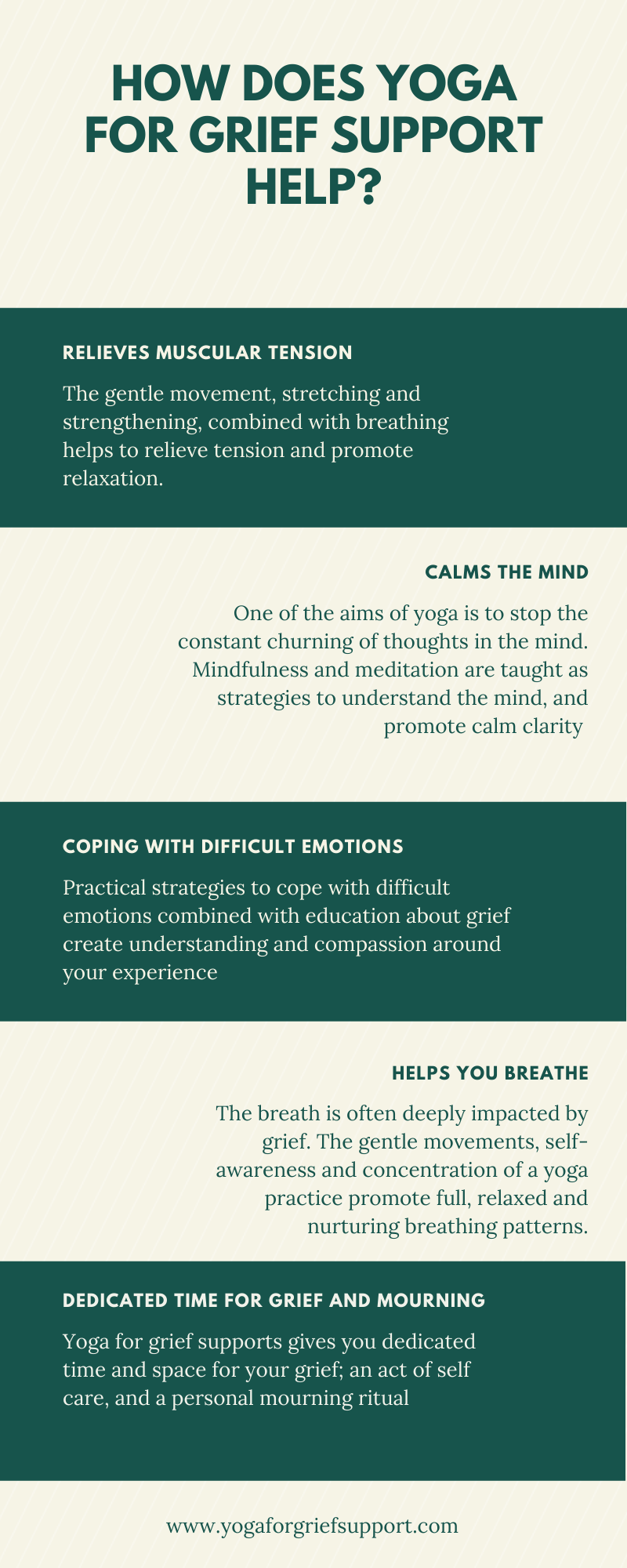
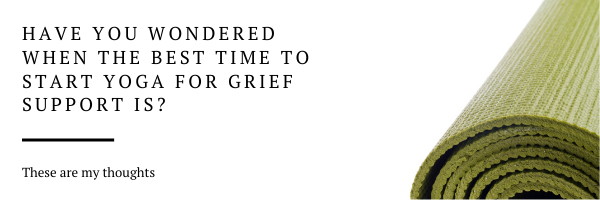
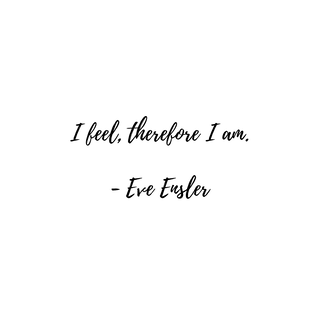
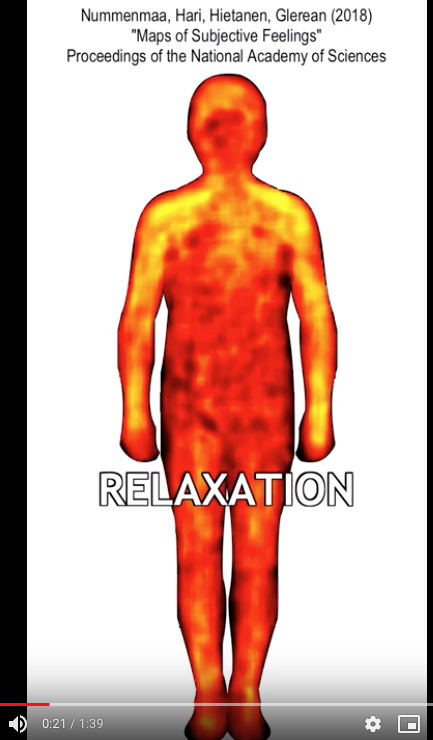
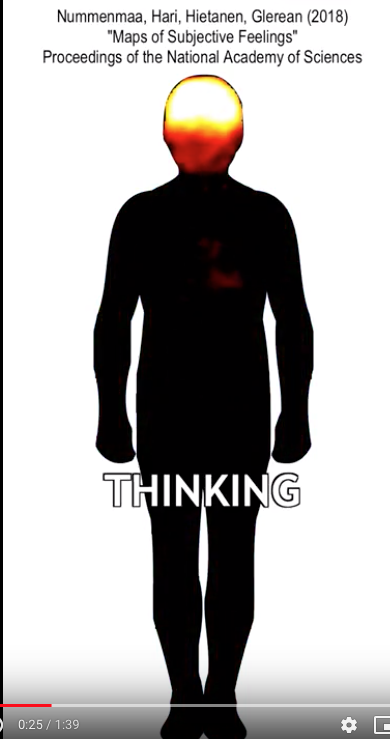
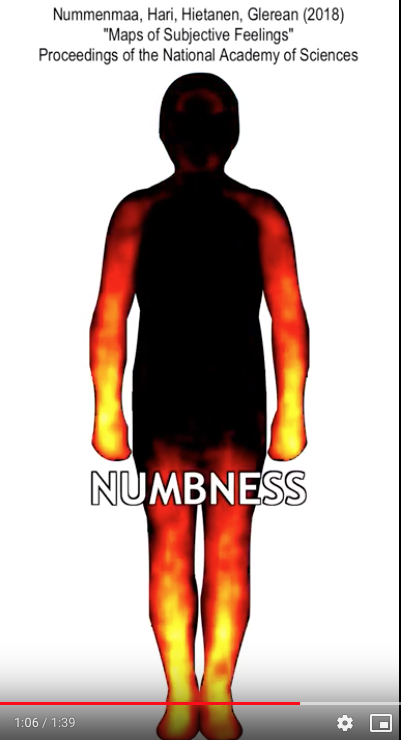
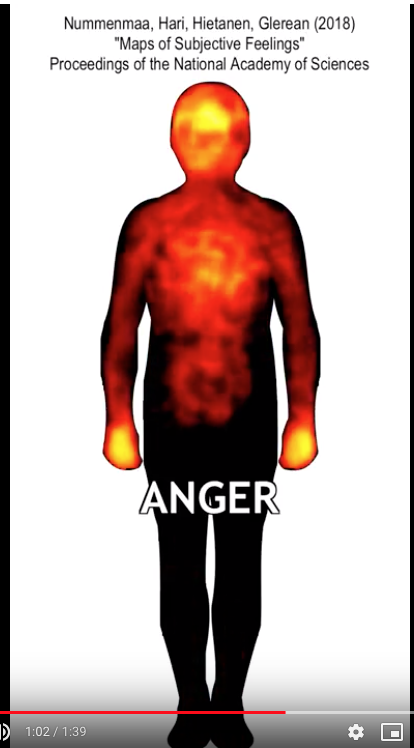
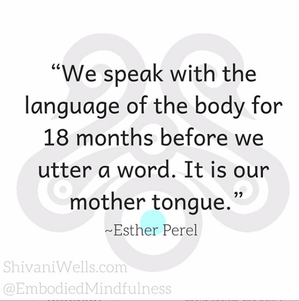
 RSS Feed
RSS Feed
